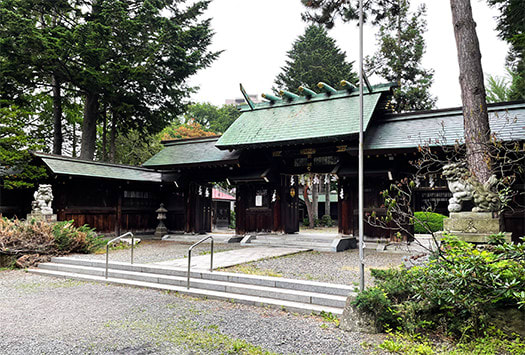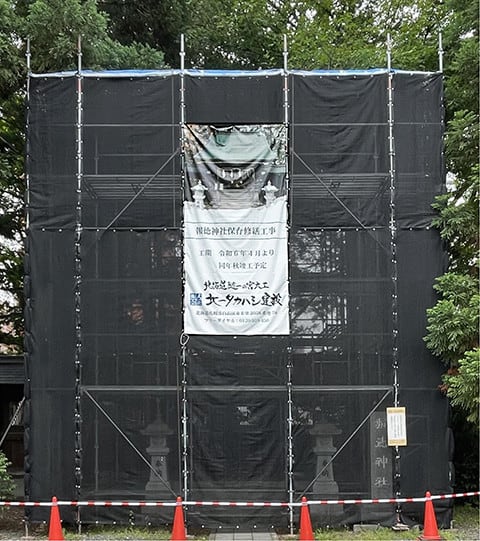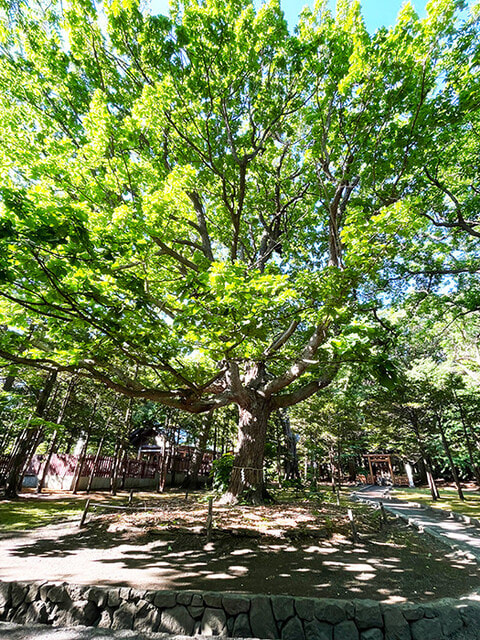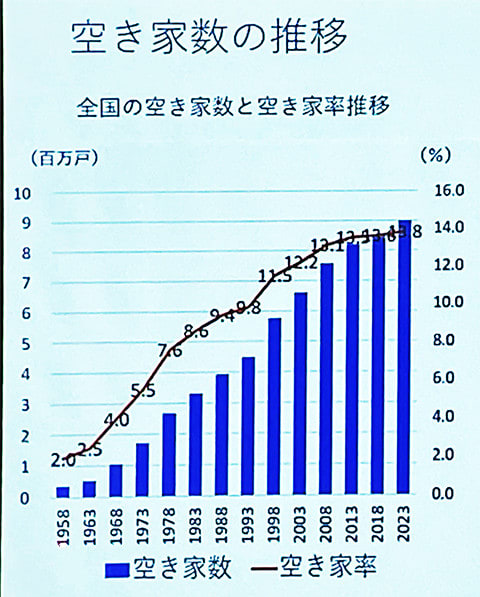

歴史好きというのがわたしの趣味生活の基本ですが、長年それを続けてくると、自然と神社信仰への探究心というのが大きくなって来ます。
神社仏閣と言われますが、仏閣についてはかなり明確な「世界宗教」であるので明示的。宗派別でそれぞれの宗旨が伝わってきて、わかりやすい世界観が見えてくるものですね。一方で、神社の方は宗教というよりも民族的「慣習」に近くて「祭神」という人物像に対しても崇拝対象というよりもその事跡に対してのリスペクト表現というに近い。
であるけれど、その空間領域は日本的な「公」の空間であり、その公園のなかに地域に所縁のある人物の祈念碑がある、というのに近いのでしょう。そういう結果、日本の各地を訪問するのにその地域性を知るにはきな「手掛かり」と言えるのでしょう。
わが家はいちばん近くに「琴似神社」というのがありますが、わたし自身はいつもはちょっと距離があるけれど北海道神宮に参詣することの方が多い。ただ、毎朝の散歩でコースに変化を付けようとすると、その場合こちらの琴似神社がちょうど行き帰りの句読点になってもくれる。
ということで、すこし体調が優れなかったのでしばらくぶりでこちらに参詣。
江戸時代後期から明治時代初期に流行した藩祖を祀った神社のひとつ。とされて、琴似に屯田兵が入植したとき同時に祀られた神社。一部の兵士の出身地であった仙台藩亘理伊達氏の祖・伊達成実を「武早智雄神」として祭神とした。祀られている祭神は、天照大御神・豊受大神・大国主命と並んでこの
・武早智雄神・土津霊神(会津藩の初代藩主・保科正之公のことといわれる)の東北に関連する2神が祀られている。やはり仙台や会津などからの「屯田兵」にちなんでの祭神のようです。
そのあたりイマドキには少し距離感があって北海道神宮の方に足が向きやすいのかも知れない。
境内社として別の「報徳神社」があり、こちらは琴似神社の祭神が武家であるので「武神神社」としての性格をあらわすもののようです。確認できる情報は少なく、以上。
で、こちらの社殿を修復する知人の工務店さんの案内シートが工事足場に掛けられていた。ここでその名前が出現するかとちょっと驚いたけれど、考えて見るとこちらの会社は神社仏閣建築について北海道内でも著名なので、その技量が評価されてのことだろうと思います。
社長さんの顔が浮かんできて「やぁ久しぶりでした(笑)」みたいな突然の再会。
せっかくなので、工事の進捗など、仕事ぶりも拝見させていただける好機(笑)。ちょっと楽しみにさせていただいている次第。
English version⬇
Renovation of a shrine in the precincts of the nearby Kotoni Shrine
I found a scaffolding sheet of a company I know at the shrine where I always pay my respects. I felt like I was being called out, "Hey" (laugh). I am going to observe the professional construction work. I will be there to see the professional construction work.
My love of history is the basis of my hobby life, and as I have continued it over the years, I have naturally developed an inquisitive interest in shrine beliefs.
It is said that Shinto shrines and Buddhist temples are explicit, as Buddhist temples are quite clearly "world religions. Each sect conveys its own religious beliefs, and you can see a worldview that is easy to understand. On the other hand, shrines are more like ethnic "customs" than religions, and the "deities" are more like expressions of respect for the event than objects of worship.
On the other hand, the shrine is more like a national "custom" than a religion, and the image of the personage called "Shojin" is more like an expression of respect for the event than an object of worship. As a result, it is a good "clue" to understanding the local character when visiting other parts of Japan.
My house is closest to the Kotoni Shrine, but I usually go to the Hokkaido Shrine, which is a bit farther away from my house. However, when I try to vary the course of my morning walks, Kotoni Shrine serves as a punctuation mark on my way to and from the shrine.
So, since I was feeling a little under the weather, I paid a visit to this shrine for the first time in a while.
This is one of the shrines enshrining the ancestors of the feudal lords that were popular from the late Edo period to the early Meiji period (1868-1912). It is said to be one of the shrines enshrining the founder of the clan, which was popular from the late Edo period to the early Meiji period (1868-1912). Date Narumi, the founder of the Watari Date clan of the Sendai domain from which some of the soldiers came, was enshrined as "Takehaya Chiojin". The deities enshrined at the shrine are Amaterasu Omikami, Toyoke Omikami, and Okuninushi no Mikoto, as well as this deity, Takehayachio no Kami, and Tsuchinushi no Kami.
The two deities enshrined at the shrine are the deity Amaterasu, the deity Toyoke, and the deity Okuninushi no Mikoto, as well as two deities related to the Tohoku region, the deity Takemusachio and the deity Doitsurei (said to be the first lord of the Aizu domain, Masayuki Hoshina). It seems that the deities are associated with "Tondenhei" from Sendai and Aizu, after all.
The shrine is also dedicated to the "Tondenhei" from Sendai, Aizu, and other areas.
There is another "Houtoku Shrine" on the grounds of the shrine, which seems to be a "warrior shrine" since the deities of Kotoni Shrine are warrior warriors. This is all for now.
So, an information sheet of an acquaintance's construction company that is restoring this shrine building was hung on the construction scaffolding. I was a little surprised to see the name of the company appearing here, but when I think about it, this company is well-known in Hokkaido for shrine and temple construction, and I think it must be because of their reputation for their skills.
The president's face came to mind, and we suddenly met again, as if to say, "Hey, it's been a long time (laugh).
Since we were there, it was a good opportunity for me to see the progress of the construction and other aspects of his work (laugh). I'm looking forward to seeing the progress of the construction.
















